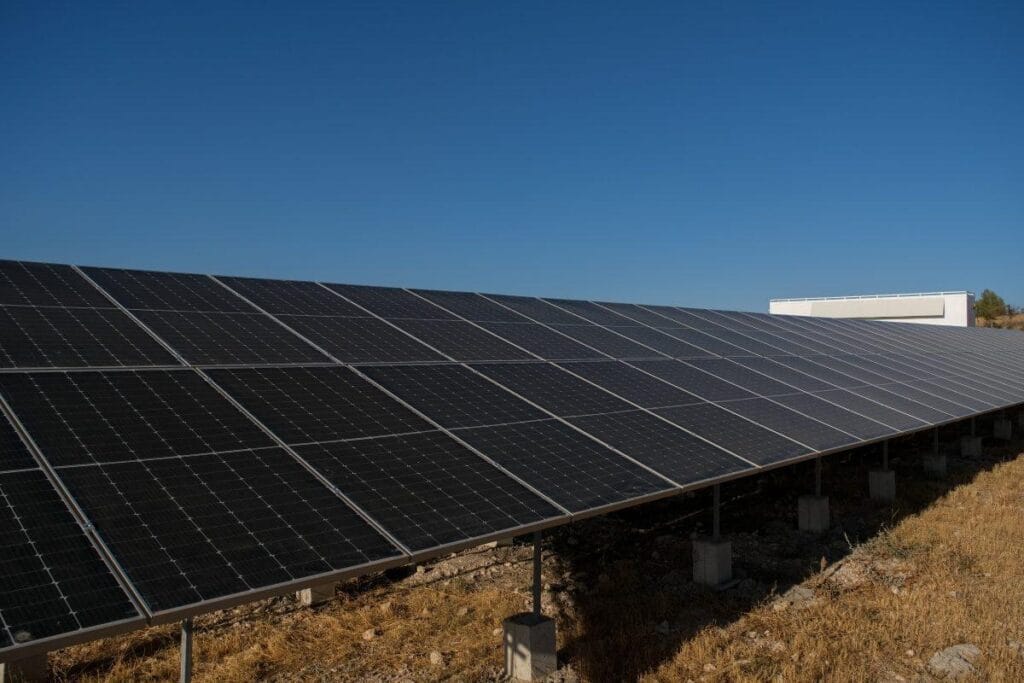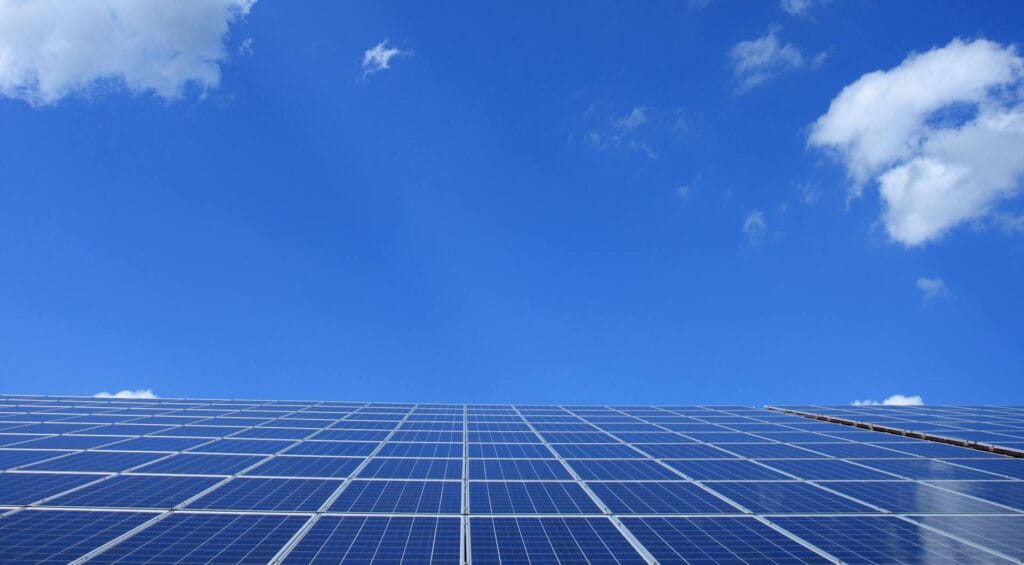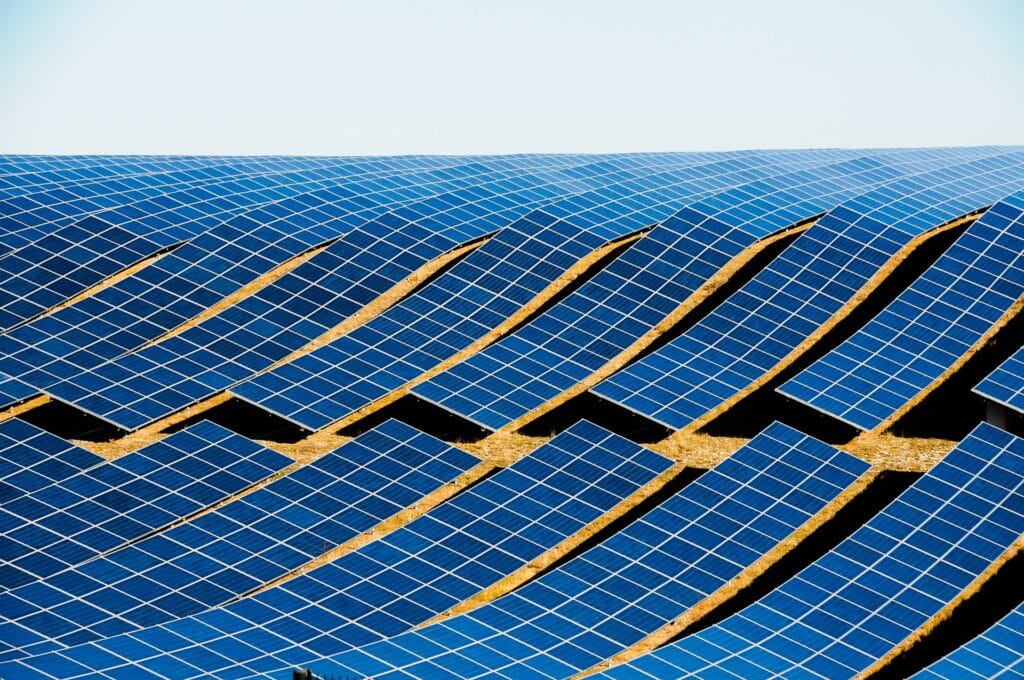If you’re considering going solar in Kenya, one of the most important questions you’ll face is: “Which type of solar panel is best for my home or business?” With solar technology rapidly advancing and more choices on the market than ever before, understanding your options can help you make an informed and cost-effective decision. In this guide, we’ll break down the three main types of solar panels: monocrystalline, polycrystalline, and thin-film, and compare them based on performance, price, efficiency, and suitability for different conditions in Kenya.

Understanding the Basics: Types of Solar Panels in Kenya
1. Monocrystalline Solar Panels
These panels are made from a single continuous crystal structure and are often recognized by their sleek black color.

Pros:
- Highest efficiency (18-22%)
- Longest lifespan (25+ years)
- Perform well in low-light conditions
Cons:
- Most expensive option
- Require more precision during installation
Best for: Homeowners or businesses with limited roof space who want maximum output and long-term savings.
2. Polycrystalline Solar Panels
Made from multiple silicon fragments melted together, these panels are typically blue in color.

Pros:
- Lower cost compared to monocrystalline
- Solid performance in sunny areas
Cons:
- Lower efficiency (15–17%)
- Take up more space for the same output
Best for: Homeowners with larger roof space and moderate budgets, especially in sunny areas like Mombasa or Garissa.
3. Thin-Film Solar Panels
These are made by placing a thin layer of photovoltaic material on glass, plastic, or metal.

Pros:
- Lightweight and flexible
- Easy to install and transport
- Perform better in shady or low-light conditions
Cons:
- Shorter lifespan (10–20 years)
- Lower efficiency (10–13%)
- Degrade faster over time
Best for: Temporary installations, mobile use (like solar backpacks), or when aesthetics and flexibility are a priority.
Comparison Table: Solar Panels at a Glance
Feature
- Efficiency
- Cost
- Lifespan
- Appearance
- Best for
- Shade Performance
Monocrystalline
- High (18%–22%)
- Highest
- 25+ years
- Black
- Urban, roof-limited
- Good
Polycrystalline
- Medium (15%–17%)
- Moderate
- 20–25 years
- Blue
- Budget-conscious homes
- Moderate
Thin-Film
- Low (10%–13%)
- Lowest
- 10–20 years
- Black/varied
- Portable/off-grid uses
- Best
Which Solar Panel Is Best for Kenyan Homes?
Urban Homes
- Recommended: Monocrystalline or hybrid systems
- Why: High efficiency offsets limited roof space, especially with hybrid setups including batteries
Rural Homes
- Recommended: Polycrystalline
- Why: Abundant roof space and sunlight make this a cost-effective solution
Temporary Setups or Mobility Projects
- Recommended: Thin-film panels
- Why: Easy to install and move, perfect for mobile clinics, field offices or school projects
Environmental Impact and Recycling
While all solar panels reduce carbon emissions, monocrystalline panels require more energy to produce but last longer. Thin-film panels, though easier to produce, contain materials that are harder to recycle. Today, Kenya is pushing for sustainable energy waste management, so it’s important to choose panels with eco-friendly end-of-life options.
✅ Look for brands with recycling programs or take-back policies.
Related Reads: More About Solar Energy in Kenya
Looking to learn more about solar power before making a decision? Explore these helpful guides:
These articles cover practical advice, cost comparisons, and expert tips to help Kenyan homeowners make the best solar decisions.
Final Thoughts: Choosing the Right Panel
Choosing the best type of solar panels in Kenya depends on your space, budget, and energy needs. Monocrystalline panels are best for maximum output and long-term savings. Polycrystalline panels offer a strong balance between price and performance, especially in sunny counties. Thin-film panels are ideal for unique installations requiring flexibility or lightweight setups.
Still unsure? Speak with a licensed solar company in Kenya and request a site survey before installation.


